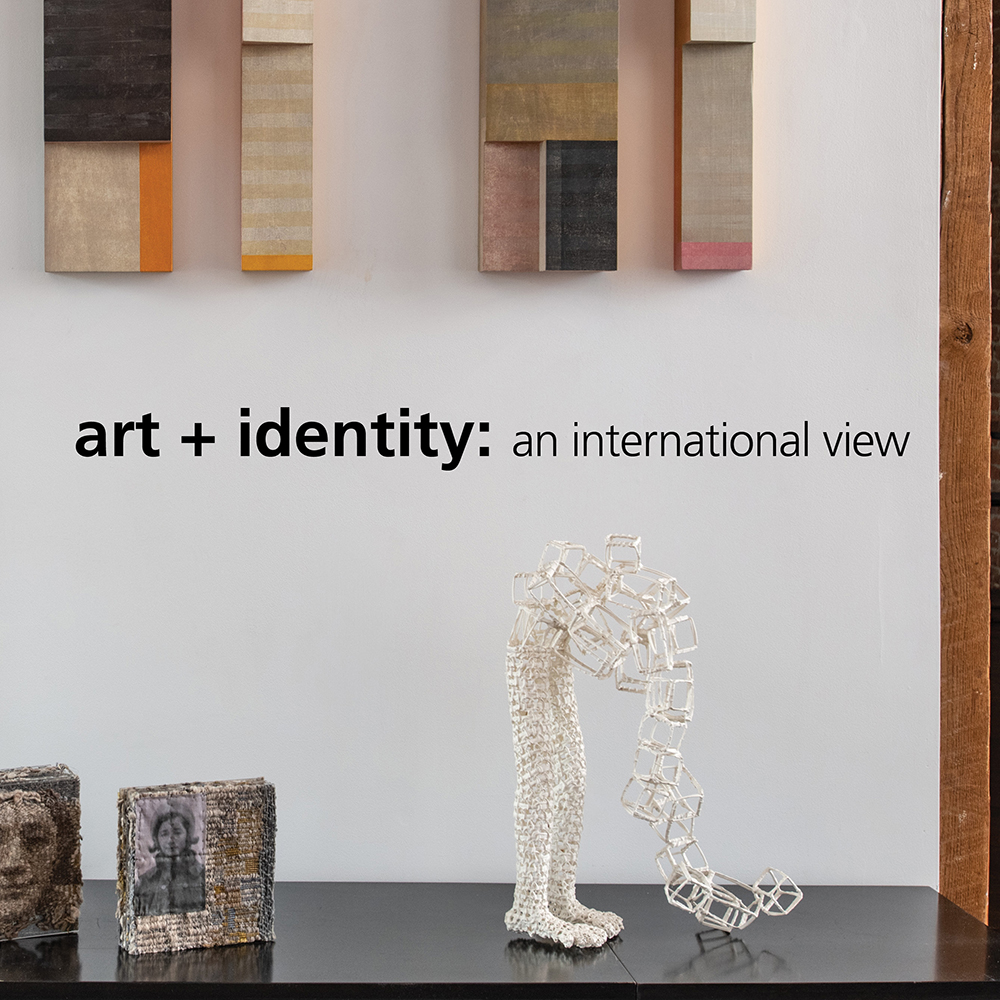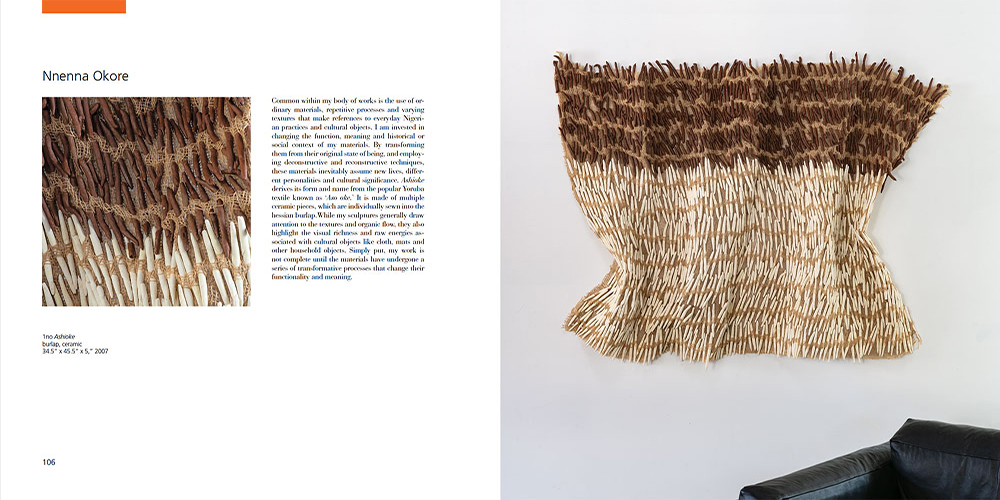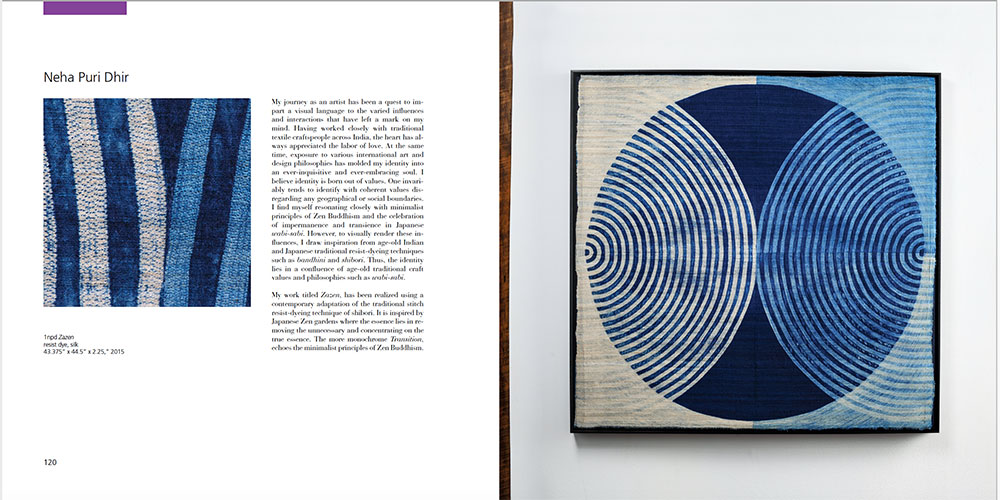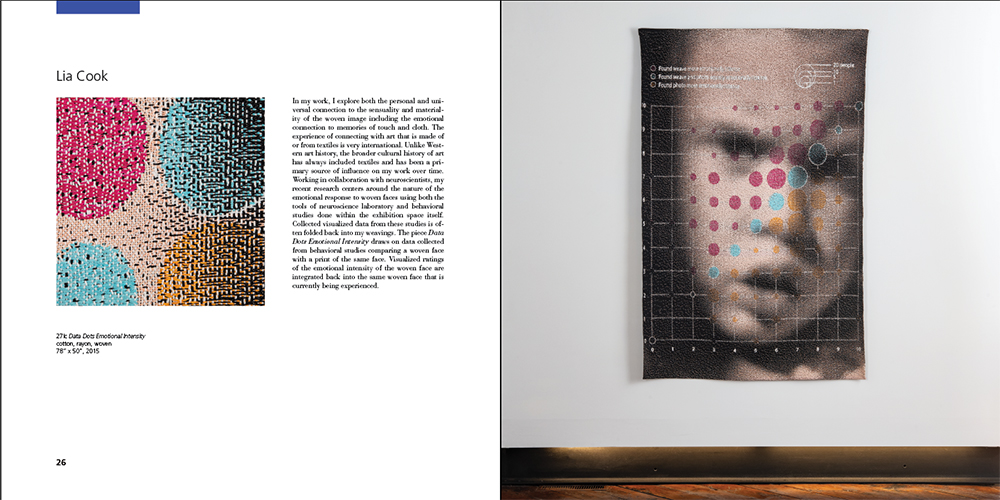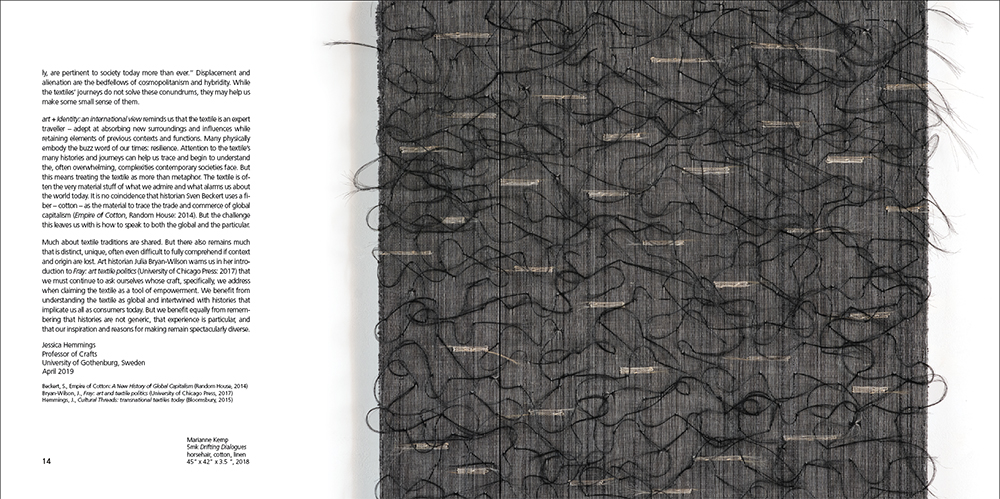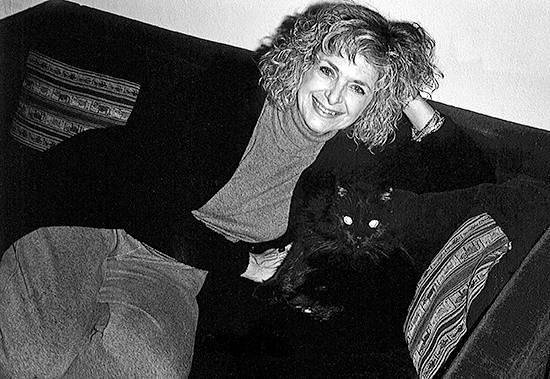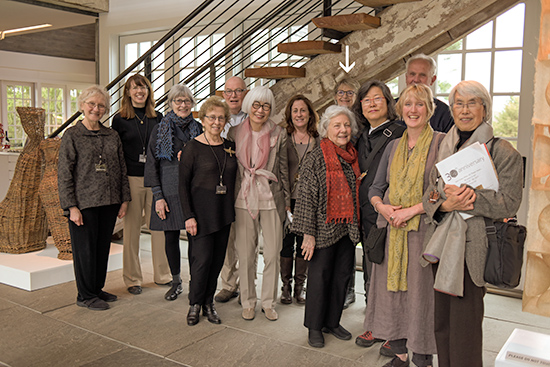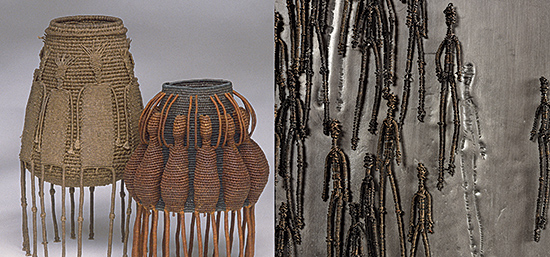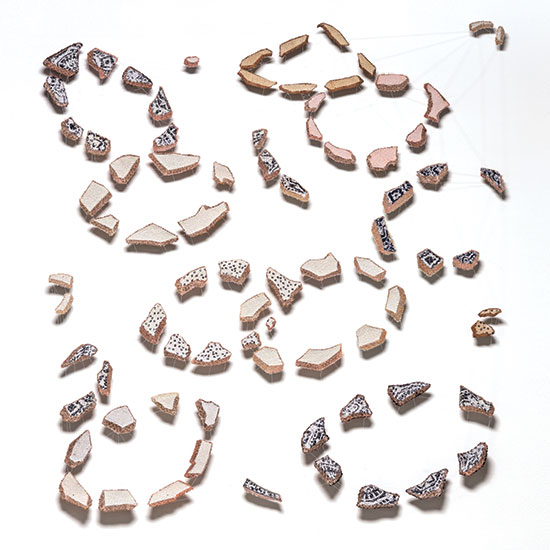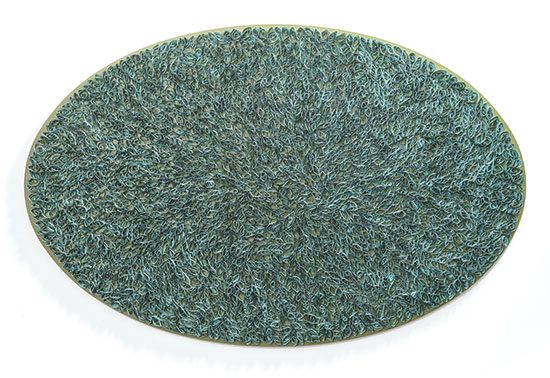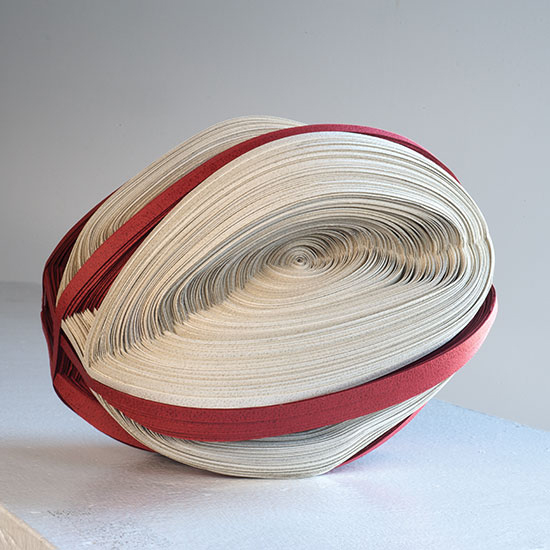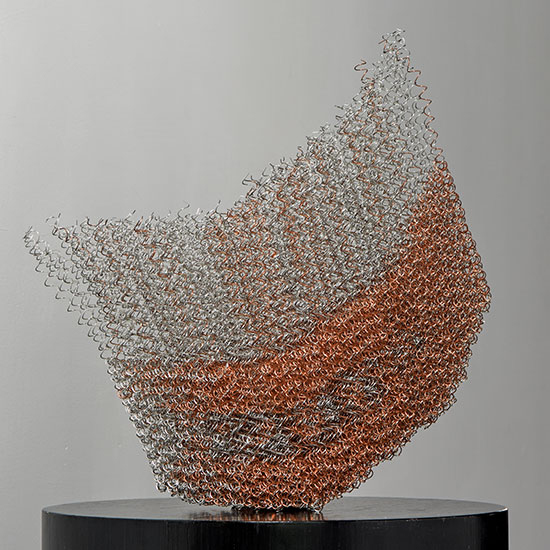There are so many reasons to absolutely love the fall season. We share some spectacular pieces by five inspiring artists, as we are gearing up for the launch of The Grotta Home by Richard Meier: a Marriage of Architecture and Craft next month, which was designed and photographed by Tom and which features dozens of browngrotta arts’ artists.
We started the month with Carolina Yrarrázaval. Her artwork evokes harmony in every piece of fiber she touches. “Throughout my entire artistic career, I have devoted myself to investigating traditional textile techniques from diverse cultures, especially Pre-Columbian techniques, trying to adapt them to my creative needs. Abstraction has always been present as an aesthetic aim, informing my choice of materials, forms, textures, and colors.”

We continue with Dawn MacNutt, a source of inspiration to many. A native of the Canadian province Nova Scotia, incorporates an assortment of natural materials, such as twined willow, seagrass, and copperwire, into each life-size sculpture. By crafting these column-like figures, MacNutt masterfully captures the beauty and frailty of the human form.”Through many years of working, the way of creating my sculptures has changed, but two things remain constant: The work is inspired by the human form, and it derives from weaving. The forms are irregular and more universal than specifics. I hope they reflect the beauty of human frailty.”

Aleksandra Stoyanov, also known as Sasha, was our third artist in September. She once told us that her Influence began as a child as she was not very healthy. She spent a lot of time in the hospital, and this further influenced her understanding of people and life itself. “When I keep threads in my hands I feel that they are ground, the grass, that there is life in them. The feeling of thread in my hands is the first appeal for me to begin working on a new piece.”
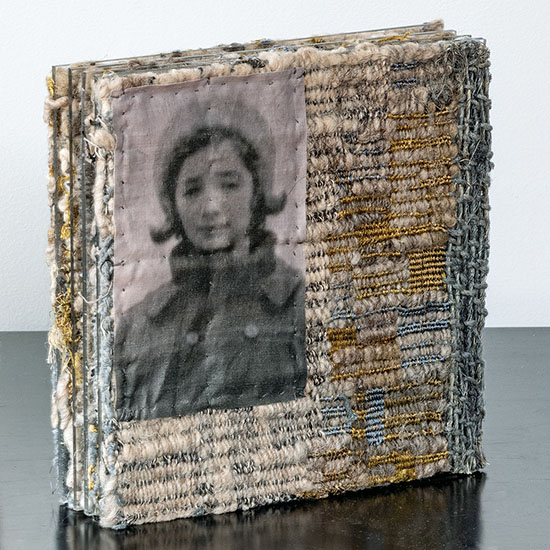
Chiyoko Tanaka once told us that the act of weaving, as the weft threads accumulate one by one, is a representation of time passing away; texture acting as the locus of the present time. It was such a profound way of explaining that, “Placing the fabric on the ground, I trace out the ground texture and surface of the fabric. The act of tracing is a transformation of time coherence into space, and grinding is the transformation of space coherence into time.”

We wrapped up September with Jiro Yonezawa and his warm tones that fit perfectly with the fall colors appearing now all over the world. Of this series of work, Yonezawa has said that the curves have the movement of wind. As it blows through the forest, you can hear the rustling of the leaves as it passes by all living creatures.

“For anyone who lives in the oak-and-maple area of New England, there is a perennial temptation to plunge into a purple sea of adjectives about October,” says Hal Borland. We look forward to this October and all the wonderful artists we will feature in New This Week, stay tuned!

